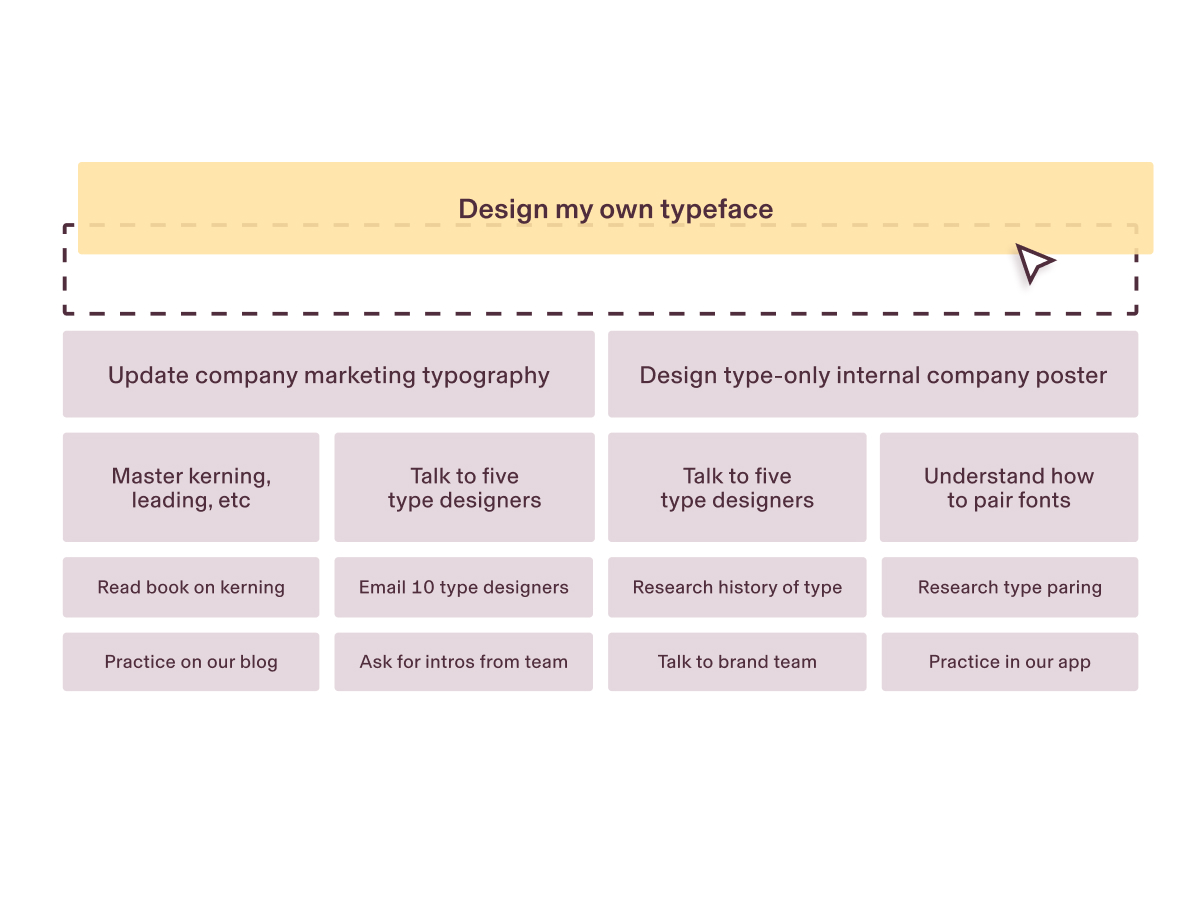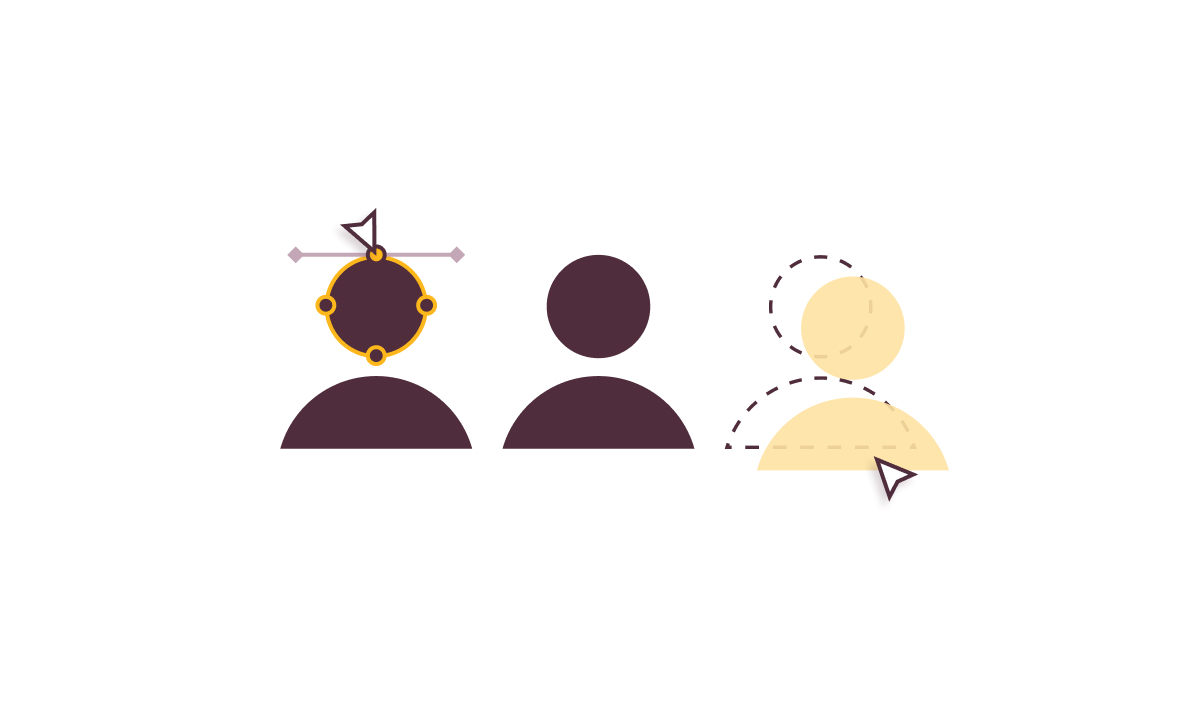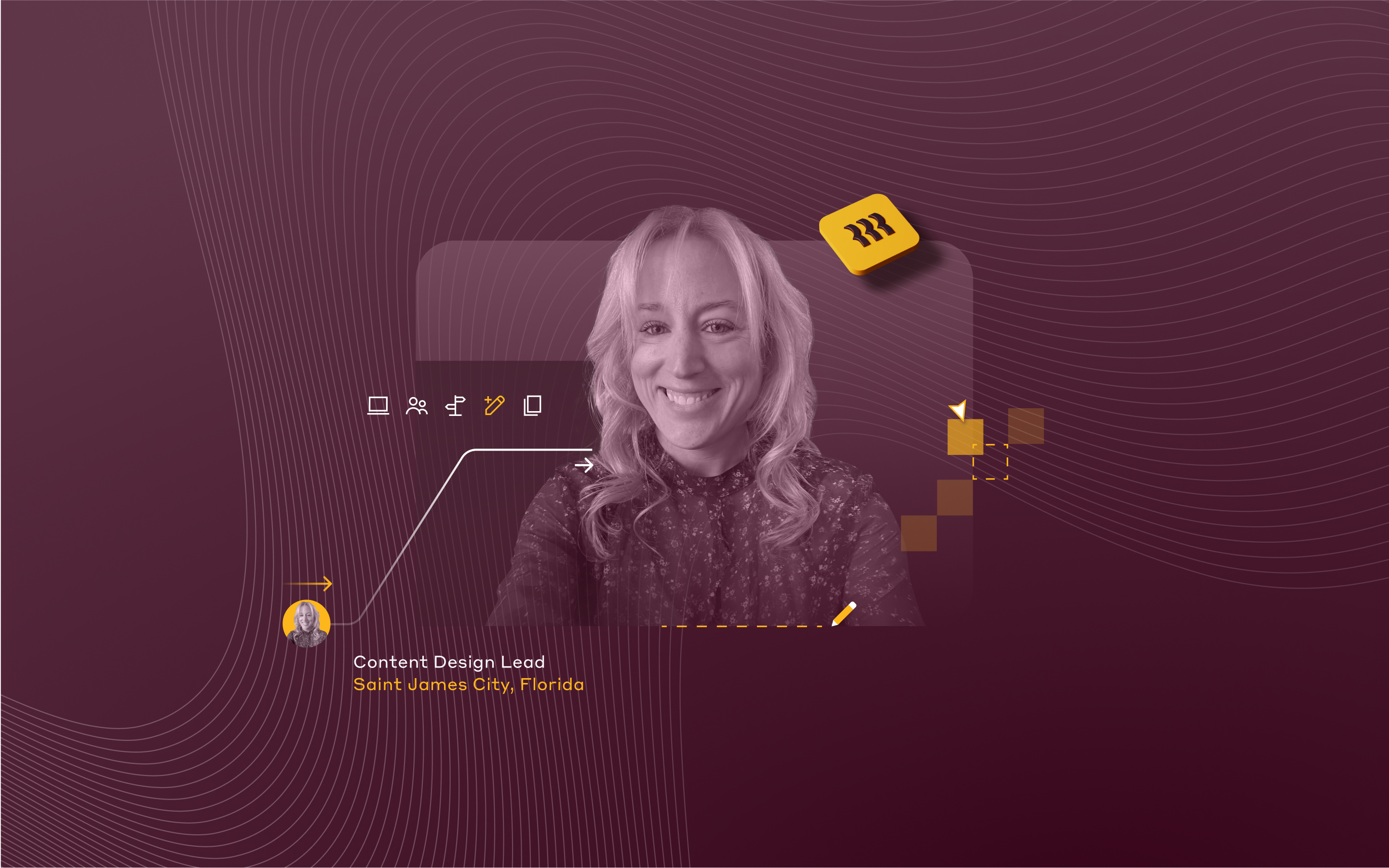The designer dilemma: How to continuously improve your craft at a fast-paced startup

One of the greatest rewards of working as a designer (or anyone, really) is seeing your craft skills improve over time. It’s an essential part of what drives people to become designers: the desire to become experts who create beautiful, useful products.
Yet, it’s difficult to prioritize learning at a fast-paced startup where there’s always an urgency to ship new features and products. How, then, can we balance the need to ship quickly with the desire to learn? How might we continue to improve our craft when opportunities to learn new skills aren't organized for us in our daily routines? How can we regularly feel the thrill of pushing ourselves to new levels that motivate us in our careers?
At Rippling, we believe the best path is for designers to take full responsibility for their personal development. We also believe that the most practical way to develop new skills is by practicing them on the job rather than relying only on taking classes or going on side quests outside of work. By adopting a few key habits at work, designers can continuously improve their craft and not rely on courses, conferences, or other people as much.
How to continuously uplevel as a designer in 5 easy steps:
1. Create an ambitious goal; then break it down
Start by setting an ambitious goal for yourself at the top of a piece of paper. Choose a goal that’s:
- Specific
- Aligns with your career plan
- Achievable in a reasonable timeframe
- Ambitious yet realistic
Big goals are where big growth comes from, and starting big will help you maintain your excitement, build structure into your goal, and see real progress as you look back. People who train for a marathon end up running a lot faster than people who simply start running casually. For me, setting out to become a design manager for the first time rekindled my enthusiasm for design and ignited my career.
Your ambitious goal could be to master typography and design your own typeface, for example, or to become an adjunct design professor. The goal itself will likely appear quite daunting, which is why we need to break it into smaller and smaller subgoals. Before designing a custom typeface, you might set a goal to update the typefaces your company uses on its website to make it feel more readable. Another goal below your top-level goal might be designing a poster for an internal company event only using typography.
Next, break down that second layer of goals into even smaller ones that you can accomplish every week. This might look like learning about kerning and updating your website’s headers or combining different serif and sans-serif typefaces for your poster. Try to implement what you learn in your daily work. If you accomplish your subgoals, the stacks above will happen almost automatically. Your small successes will also motivate you to keep going. Before you know it, your custom typeface will start coming together.

2. Set a timeframe for your goals
Goals with no timeframe tend to stay at the bottom of your priority list and get bumped to tomorrow, the day after, and then the day after that. Set a timeline to orient yourself and hold yourself accountable for making progress toward your goal. Let’s say you want to design that new typeface. If you break up that goal into smaller steps, you can work backward and determine that it might take you six months to get there.
Pro tip: Put your goal blocks on your calendar to remind yourself of your goals along the way!
3. Learn by doing
We tend to think of learning as something we do outside of our day-to-day work. At Rippling, we believe that, although courses and other learning strategies are valuable, the vast majority of learning comes from doing. If you want to learn to design a typeface, dive into updating your company's typography and seeing how the details of a typeface impact the brand and user experience. If you’re a designer trying to uplevel your design craft, you have the ideal space to practice what you’re learning—your job!
4. Find people to join your learning journey
As many have said, “If you want to go fast, go alone. If you want to go far, go together.” Having others to hold you accountable for your goals is a strong motivator to keep going. People love to learn and be asked to join things, so get a group of your peers or design friends to accompany you. Ask one person to do a 20-minute session on kerning while another does a 20-minute session on type design software.
At Rippling, designers frequently volunteer to teach the team something new during our weekly all-hands meetings, which is a great way to build culture and community while helping everyone grow and learn. Much of the content in this post, for example, I learned from designers I’ve worked with who took the time to share their knowledge in group settings.
A coach or mentor can also help you stay focused and meet your learning goals by offering expert feedback along the way. At Rippling, we have a peer-mentor program specifically to facilitate mentor pairings.

5. Celebrate your progress
If you’re anything like me, you might think it's boasting or bragging to talk about your accomplishments. It can feel salesy, you know? But the reality is that people want to celebrate your achievements. Let them! Your peers can only support you and keep you motivated if you tell them about your progress. Once you’ve accomplished one of your subgoals, like mastering kerning, show your peers how you’ve incorporated it into your work and its impact.
Pro tip: Your growth is great to share with your manager. It might help with that promotion you’re angling for, and if you remind them of the business value of your growth, they’re more likely to support you. Designers who continuously improve their craft simultaneously uplevel the quality of the products they’re working on, which ultimately drives more positive outcomes for an organization.
Bonus: How not to fall off the wagon
Everyone misses their goals once in a while. Developing strategies to avoid falling off or spiraling can make the difference between hitting your goals and abandoning them entirely.
Forgive yourself for missing a beat (or a few beats)
Research from Dr. Fred Luskin, director of the Stanford University Forgiveness Project, shows that self-criticism and being hard on ourselves don’t actually help us make progress. Instead, “self-compassion [produces] higher levels of success, productivity, focus, and concentration.” When you mess up, acknowledge your feelings around it and remind yourself that it’s okay to make mistakes. That’ll help you avoid a downward spiral that can end a learning journey.
Get customer feedback
Your customers are great allies in your learning journey. You’ll learn a ton from what they say about the changes you make, which will accelerate your learning as you work. This is another great advantage of learning on the job: You have a built-in group of real people to give you feedback as you progress. At Rippling, one of our company values is “go and see.” In other words, go out into the real world to hear from real people.
Share your failures
It’s extremely rare that someone learns a new skill without making mistakes along the way. Michael Jordan once said that he missed over 9,000 shots in his career, and those misses were a necessary byproduct of his success. We tend to celebrate success, but sharing our failures is just as important. It offers a great way to build fortitude and personal connections to help you continue on your learning journey. At Rippling, we believe people who succeed “change their minds.” Sharing and learning from a mistake can show your ability to grow.
With these steps, you can take control of your craft and career, help your company build better products, and live every day with a feeling of growth and accomplishment.









